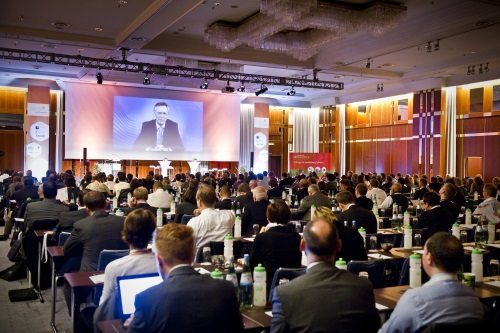Bioplastics made from bio-feedstock, and reintegrated into the biosphere as a nutrient, or recycled together with conventional plastic, have a potential for being a truly sustainable material, said EU Environment Commissioner Janez Potočnik at the 8th European Bioplastics Conference.
At the event from December 10 and 11, 2013, in Berlin, Germany, he said bioplastics could reduce fossil fuel consumption and play in Europe‘s transition towards a circular bio-based economy.
Potočnik encouraged the bioplastics industry “to continue their work on making bioplastics a truly sustainable material, neutral in its impact on food production and biodiversity”.
However, he said the industry needs to continuously and transparently inform the public about their products and processes in order to clarify its position and prosper in the future.
This issue was discussed at a panel discussion on sustainability covering the life cycle assessment of bioplastics, the need to break down the complexity of assessing the sustainability of bioplastics, educating consumers about the assessments and how these areas impact on the product they are using.
6M tons of bioplastics by 2017
At the event, the European Bioplastics and the Institute for Bioplastics and Biocomposites (IfBB – University of Applied Arts Hannover, Germany) presented the annual market data update.
The data showed the success of bioplastics industry with production capacities multiplying from about 1.4 million tons in 2012 to more than six million tons in 2017.
It showed all material types are gaining ground with bio-based, non-biodegradable ‘drop-in’ solutions, such as bio-based polyethylene and bio-based polyethylene terephthalate, leading the field.
Biodegradable plastics, including polylactic acid, biodegradable polyesters and starch-blends, are also demonstrating growth rates.
Their production capacity will gain about 60% by 2017.
More than 350 participants from 215 companies attended the event.
About 86% of the participants came from Europe, 8% from North America and South America, and 6% from Asia.










